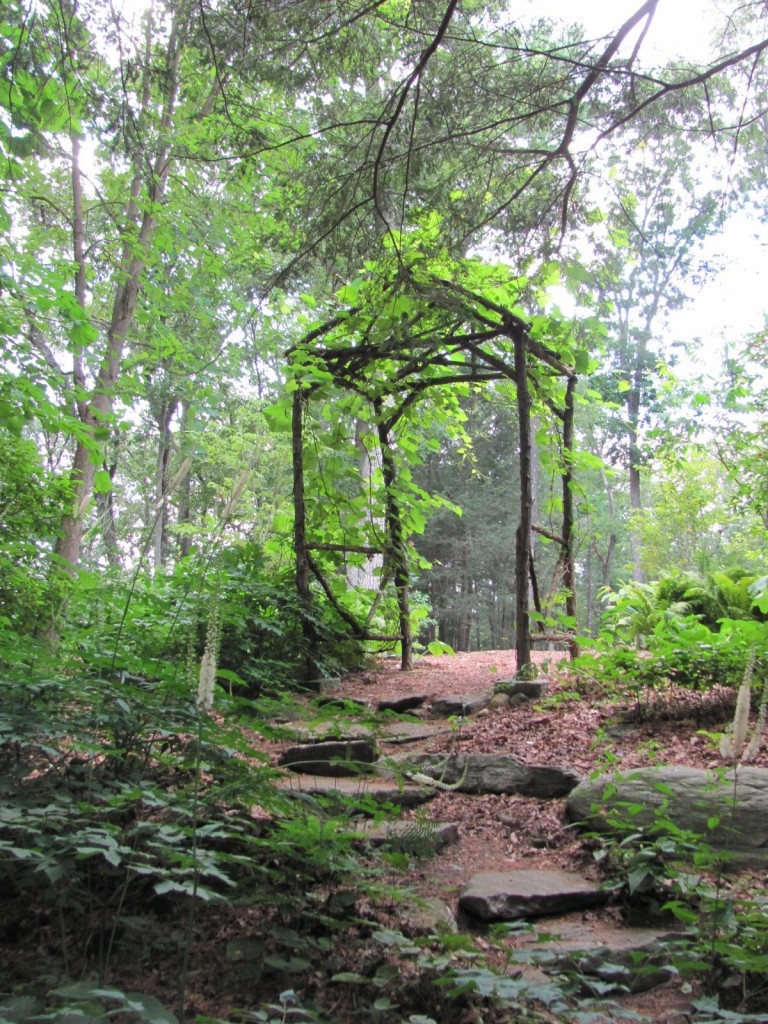
The Garden in The Woods was a place we had heard about for years, and on this fine day we made the visit. A very pleasant afternoon was in store for us! This is a native plant preserve, championing the flora of our natural lands, beginning with a well-appointed parking lot, (which is a great place to showcase the formal use of native plants), and ending with a store of native plants for sale. This is an unforgettable landmark giving us visitors the continental sense-of-place so needed in the cultivated plant landscape dominated by the monolithic list of alien species in the  surrounding Boston suburbs. Here an alternative aesthetic is carefully cultivated and presented, with a bookshop for the data, info, inspiration and roadmaps, a native plant sale to sell you the actual products, and a series of formal gardens to present this alternative landscape to the visitor.

There are signs that tell us visitors about the native plants, and help us get acquainted to them.
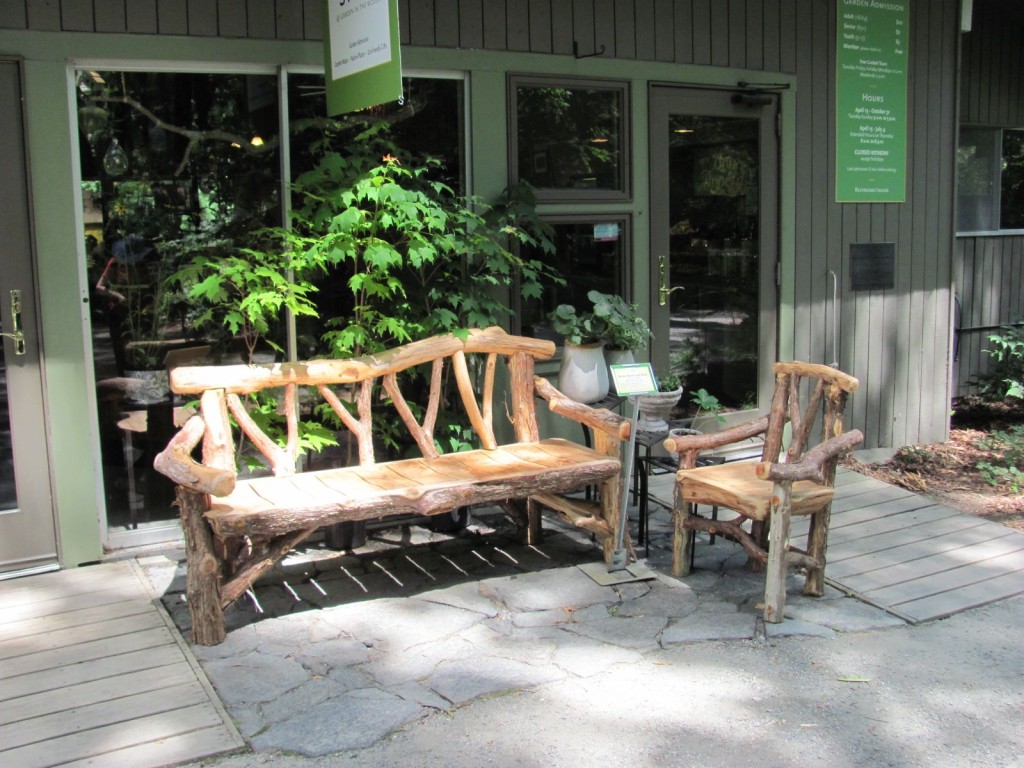

As this next picture demonstrates, the native plants attract the beautiful native wildlife, such as this dragonfly.
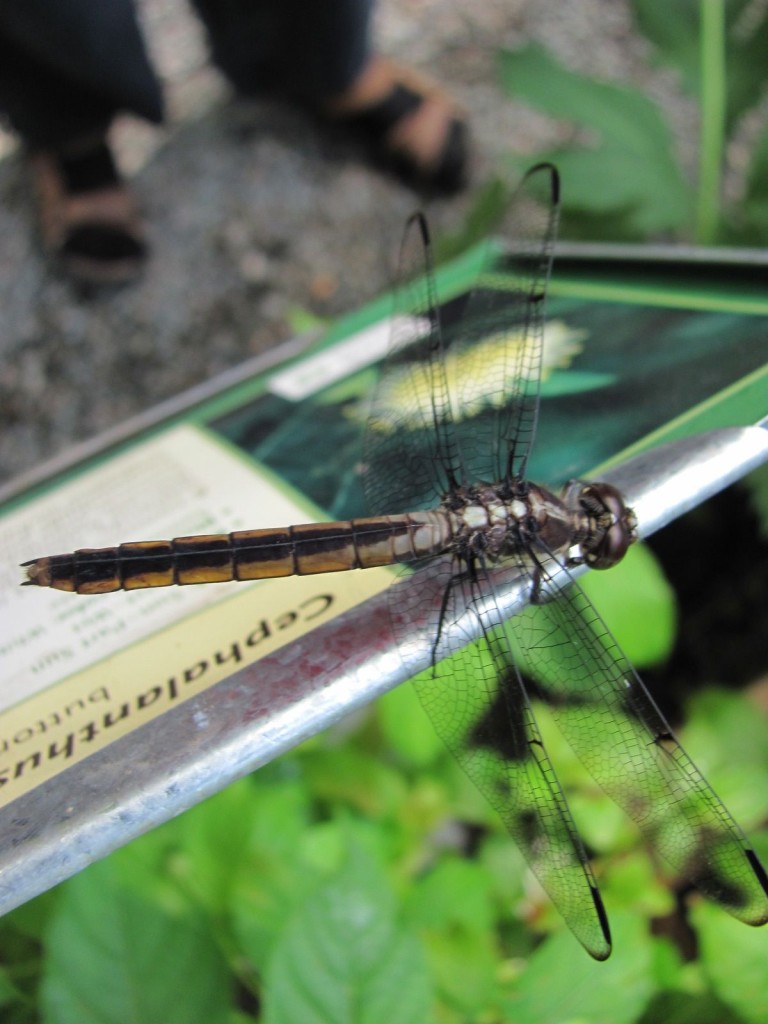
At the plant sale we bought a blooming Turks Cap Lily and a Trillium sulcatum, which was marked down because the plant had gone dormant and was just a pot with dirt in it. We will see what happens next spring!
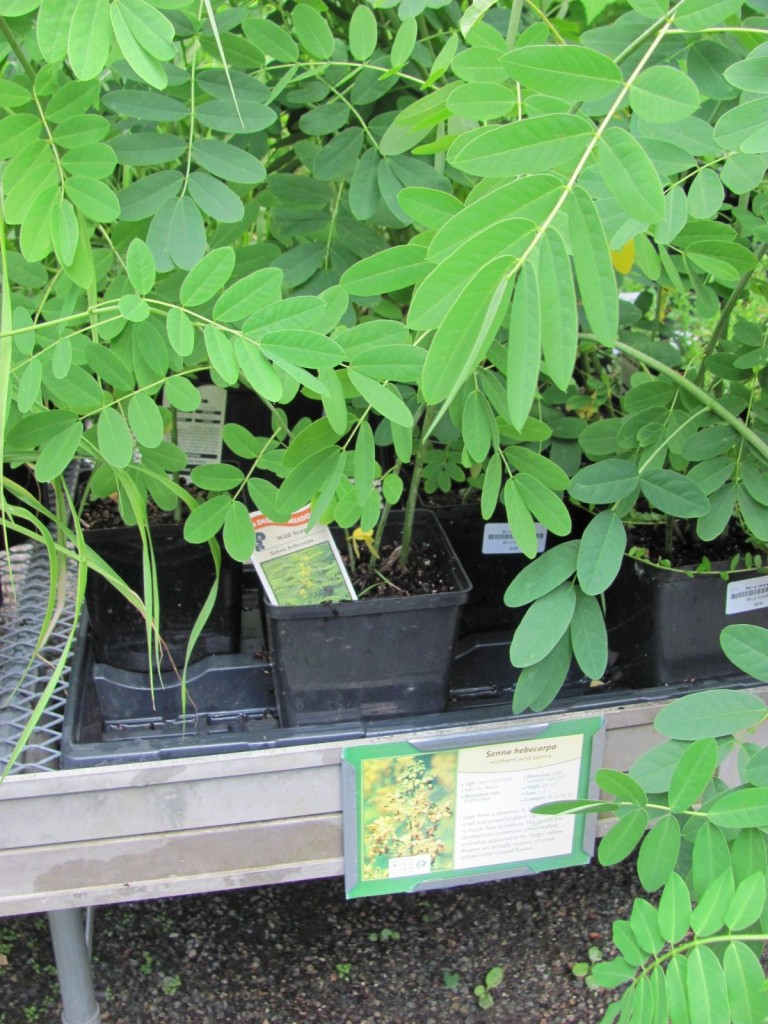

Many of the plants in the gardens can be seen in the woods and meadows in and around Monson, Massachusetts (where we were staying) and surrounding New England. Here they were arranged in a a garden setting where varying communities of associated plants were grouped together in a condensed format. Above, Isabelle photographs blooming Black Cohosh.
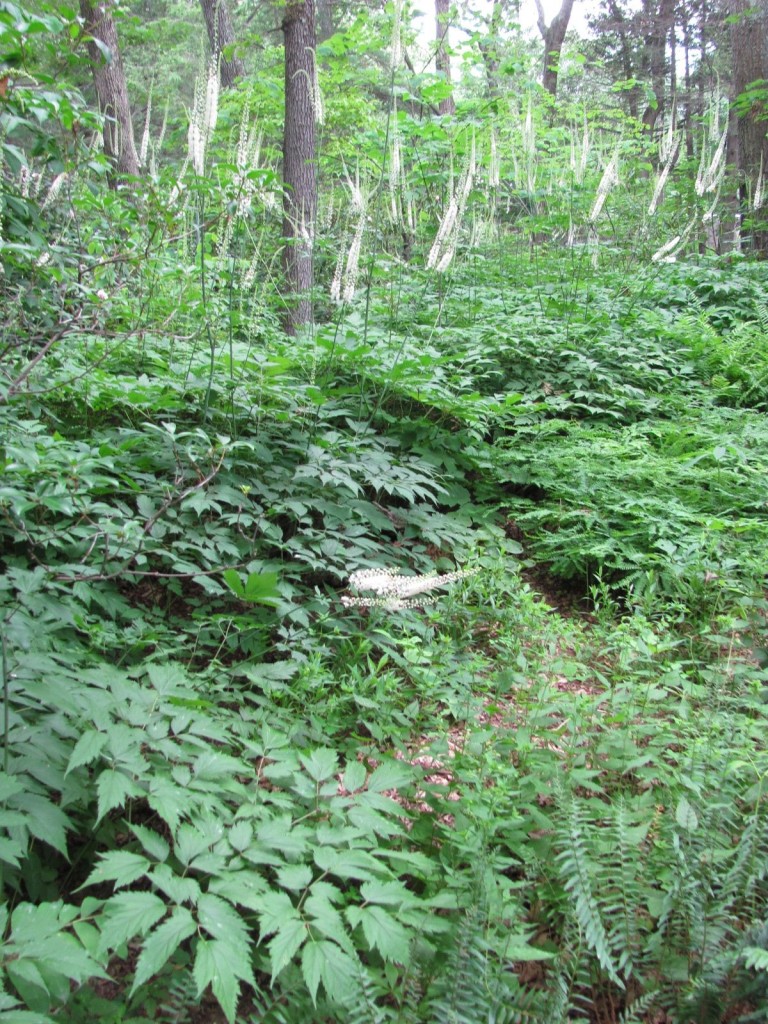
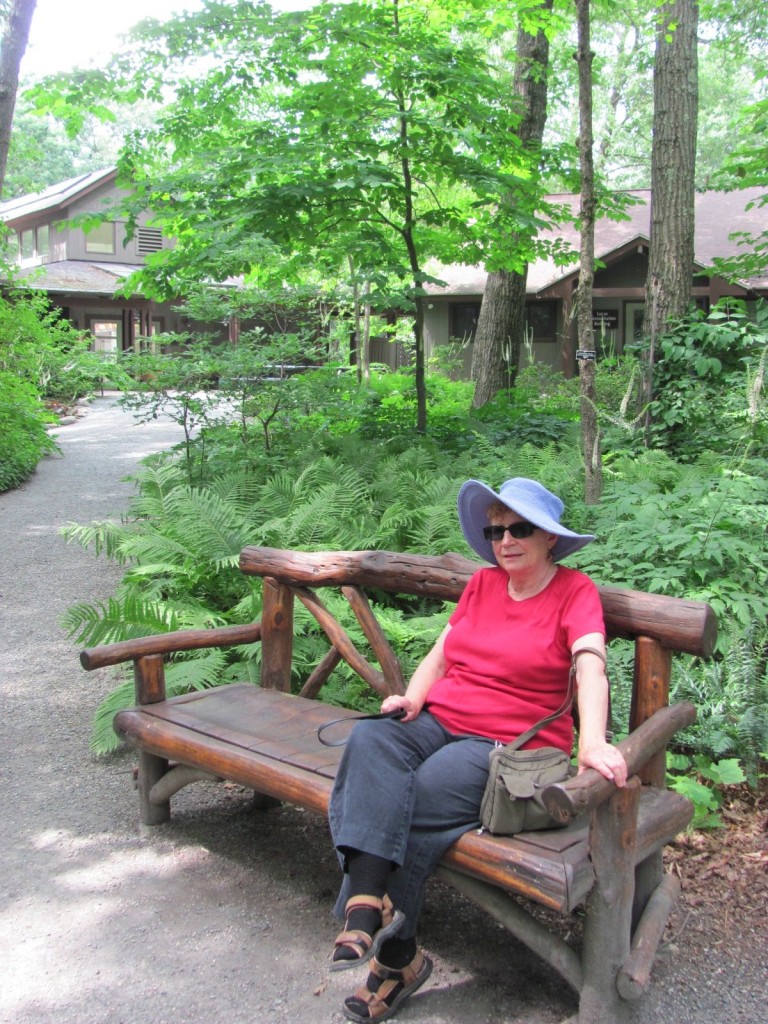
The well-appointed facilities made this place a very pleasant and relaxing place to enjoy the plants.

And every opportunity to learn at every turn! This is a great place to take gardening notes. We spent an hour and barely moved down the trails!

A great place to get gardening ideas, especially for that native plant garden!

The Bee-Balm, Monarda didyma was in full bloom, a great hummingbird plant.

The Carex pensylvanica , Pennsylvania Sedge lawn was impressive to us, being that we have also created a Pennsylvania sedge lawn in our backyard, which we mow like any other lawn. This native sedge is also very ornamental if left un-mowed as well.

The board-and-batten shed with the green roof was a charming addition to the show. Would have loved to see how this roof was put together, would imagine there is a plastic membrane below all those plants. Thats a garden shed, or is it a shed garden then?

Gotta have that sense of humor! This contained the Asiatic Bittersweet Celastrus orbiculatus, a dreadful vine pushed by the horticulture industrial complex long enough that it was planted widely and has wreaked havoc all across New England. Many unsuspecting buyers were lured with the promise of bright red berries on the vine. While some non -native plants can take over 100 years to become invasive, this one wasted no time at all and immediately began overtaking everything in its path.

Another charming path through the gardens..
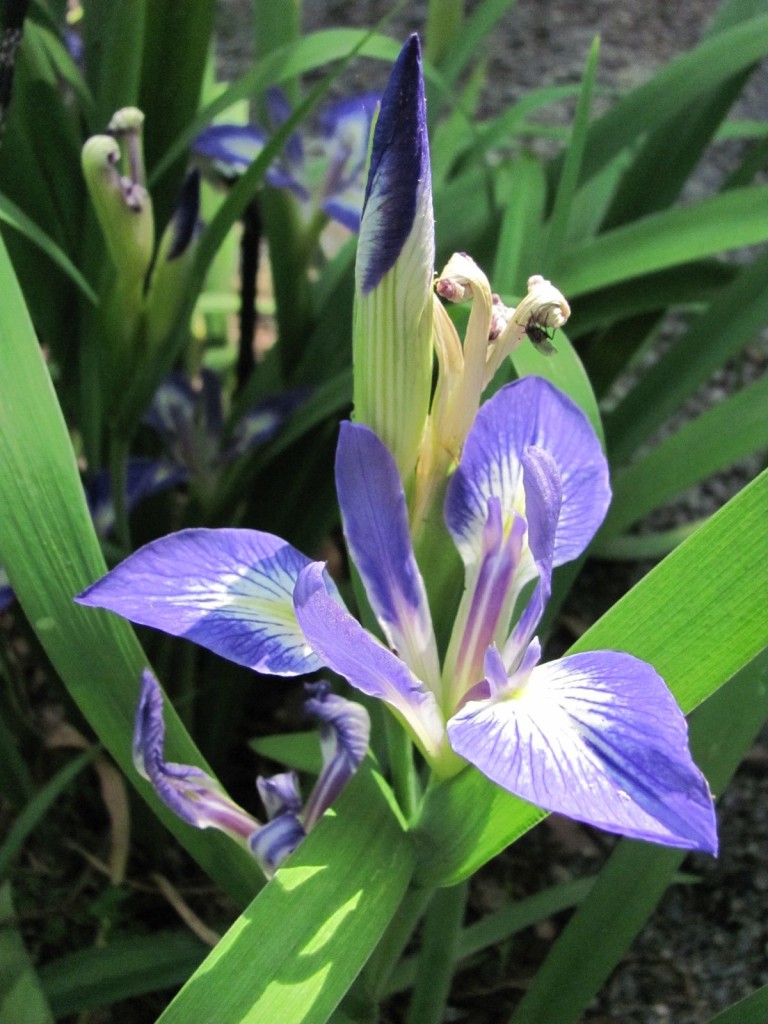
The native irises.

A great section featuring the Pitcher plants.

The fruiting Mayapples in the Natural area of the garden.
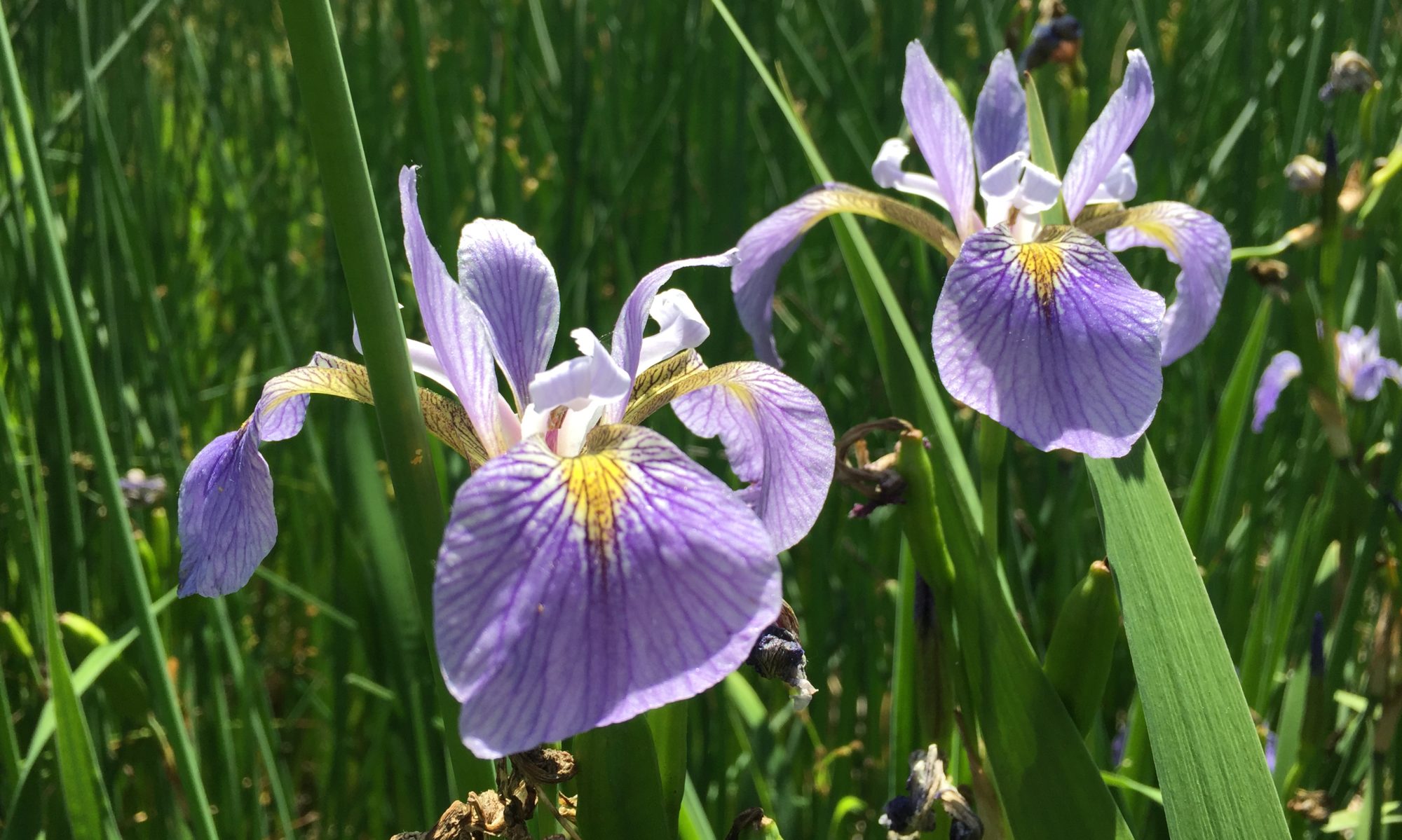
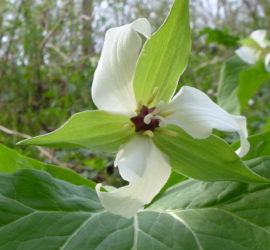


Where in the park was the first picture taken?
I think it was toward the beginning of the walk, near a building with a green roof.
I like the shed roof with the green growing grasses. No mowing!
And no crappy cheap asphalt fake looking “architectural” shingles to have to look at for five years before they start to rot and crumble off either! I do wonder how long these green roofs last before they need replacement and how much per square foot. I have read somewhere that its about 10$ a square foot to install a green roof. If they could bring the price down to be competitive with regular ol roofing, it would make a huge difference in a place like Philadelphia, in terms of runoff into rivers and overloading the sewer system and in the urban heat island effect. Also I read that the green roofs protect the roofing material from the sun which is what decays them the most.
Only the most dedicated roof owner, willing to give constant attention to the project, could have a successful green roof like this. The wannabes could have one that lasts three years, maybe, before yielding to the inevitable replacement with something more ordinary.
Time will tell. Chicago city hall, various buildings in New york and Philadelphia, and the force of the open market and possibly some government programs will help shape the future of green roofing. Quite frankly, I expect the open market along with lots of cheerleading from the environmental movement will determine this products success. Government can act as a catalyst, subsidizing the formative stages of development, but for it to truly be successful, it actually must work and pay off. I certainly hope so, and can imagine the success of these roofs, even if it it means competitive market prices upfront with a few years more longevity, as long as the sexy-ness of them is continued in the culture, like the Prius etc, as it is a special status to have one.
Sean, it was lovely to revisit Garden in the Woods – such a wonderful afternoon, cool there even in 90 degree heat.
Hopefully we can go back sometime!